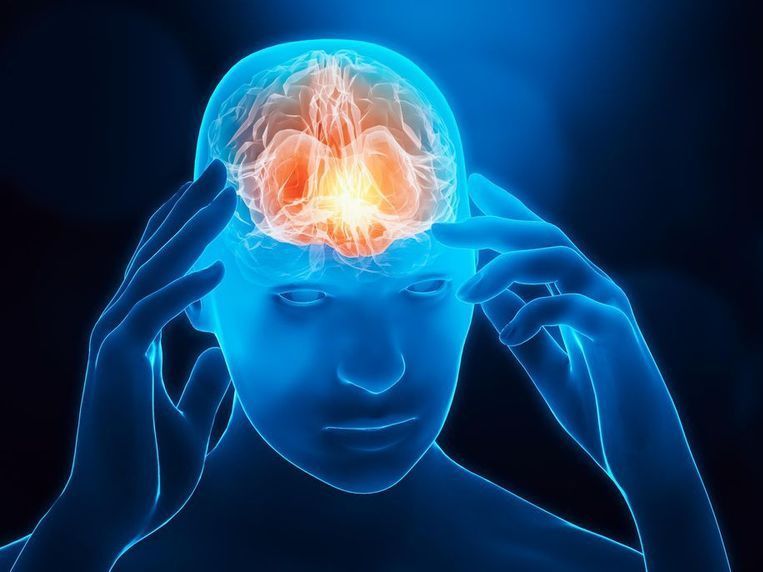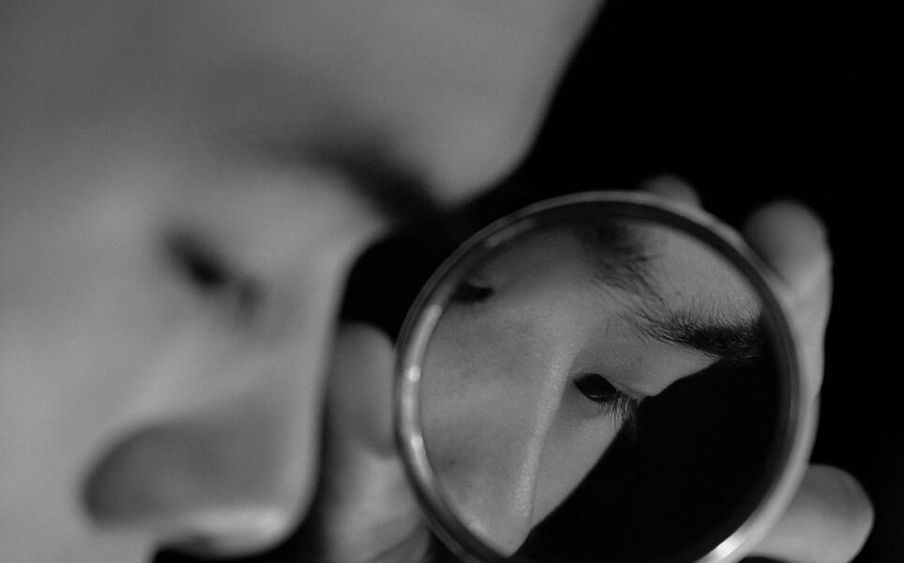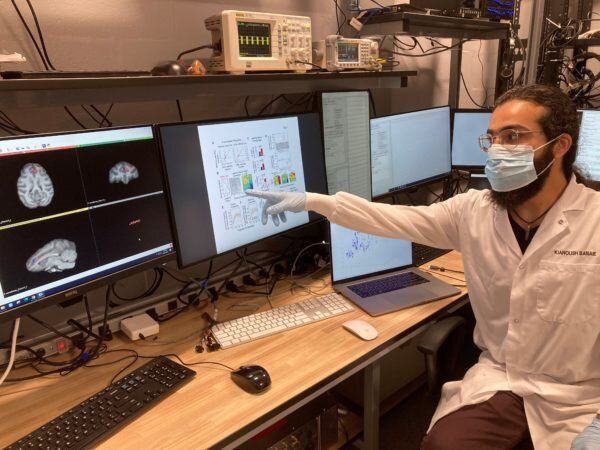Amazing.
Brain-computer interface could also give people ‘enhanced abilities’.


While the issue of aging and DNA methylation is an area that is well-studied, modifications of DNA to reduce or reverse aging remains an area in need of exploration. Studies in mice utilizing interventions such as caloric restriction and the drug rapamycin have reversed and/or slowed age-related DNA methylation by up to 40%. Understanding the cross-species aging based on similar DNA behaviors may open more doors to investigating therapeutics to minimize lifetime risks of age-related illnesses such as Alzheimer’s disease and cancers.
A recent study published in Cell Systems sought to debunk one of the most common myths about dogs: much to our surprise, one “dog year” does not equal seven “human years.” As described in a recent Forbes piece by Sara Tabin, the relationship between dog years and human years is not linear, but is based on a logarithmic formula. The research group, based at the University of California, San Diego (UCSD), created the formula as follows:
Age in human years = 16 ln(age in dog years) +31. (ln means “natural logarithm).


Summary: APOEe4, a gene associated with Alzheimer’s disease risk, doesn’t appear to directly affect memory performance or brain activity in older adults without cognitive impairment. However, the gene does seem to influence brain regions and systems that older at-risk adults activate to support successful memory recall.
Source: McGill University
Researchers at McGill University and the Douglas Mental Health University Institute, in collaboration with the StoP-AD Center, have published a new paper in the Journal of Alzheimer’s Disease, examining how a known genetic risk factor for late-onset Alzheimer’s disease (AD) influences memory and brain function in cognitively intact older adults with a family history of AD.

In the COVID-19 outbreak frenzy, several countries are considering massive fiscal stimulus packages and printing money, to blunt the concurrent crises underway: the pandemic and the unraveling economic depression.
These plans are essential, but they need to be strategic and sustainable. Because in addressing the current crises, we must avoid sowing seeds of new ones, as the stakes are incredibly high.
It is time to add a new element to the policy packages that governments are introducing, one we know but have abandoned: Universal Basic Income (UBI). It is needed as part of the package that will help us to get out of this yawning pit.

To treat the mice, the team gave them brain implants: a fiber optic that shined light onto a region called the paraventricular thalamus and blocked withdrawal symptoms. A day later, the mice no longer sought out morphine and relapse — or at least do the lab mouse version of relapsing — even after two weeks.
According to the new research, published Thursday in the journal Neuron, people relapse partially because they miss the high, but more so because the symptoms of withdrawal can often be overwhelming. By down those symptoms, the mice appear to be able to kick the habit more easily.
“Our success in preventing relapse in rodents may one day translate to an enduring treatment of opioid addiction in people,” CAS researcher Zhu Yingjie said in a press release.

We are highly sensitive to people around us. As infants, we observe our parents and teachers, and from them we learn how to walk, talk, read—and use smartphones. There seems to be no limit to the complexity of behavior we can acquire from observational learning.
But social influence goes deeper than that. We don’t just copy the behavior of people around us. We also copy their minds. As we grow older, we learn what other people think, feel, and want—and adapt to it. Our brains are really good at this—we copy computations inside the brains of others. But how does the brain distinguish between thoughts about your own mind and thoughts about the minds of others? Our new study, published in Nature Communications, brings us closer to an answer.
Our ability to copy the minds of others is hugely important. When this process goes wrong, it can contribute to various mental health problems. You might become unable to empathize with someone, or, at the other extreme, you might be so susceptible to other people’s thoughts that your own sense of “self” is volatile and fragile.
A team of researchers with interdisciplinary expertise in psychology, informatics (the application of information science to solve problems with data) and engineering along with the Vanderbilt Brain Institute (VBI) gained critical insights into one of the biggest mysteries in neuroscience, identifying the location and critical nature of these neurons.”
New research on cognitive flexibility points to a small class of brain cells that support switching attention strategies when old strategies fail.

There are 86 billion neurons, or cells, in the human brain. Of these, an infinitely small portion of them handle cognitive flexibility—our ability to adjust to new environments and concepts.
A team of researchers with interdisciplinary expertise in psychology, informatics (the application of information science to solve problems with data) and engineering along with the Vanderbilt Brain Institute (VBI) gained critical insights into one of the biggest mysteries in neuroscience, identifying the location and critical nature of these neurons.
The article was published in the journal Proceedings of the National Academy of Science (PNAS) on July 13. The discovery presents an opportunity to enhance researchers’ understanding and treatment of mental illnesses rooted in cognitive flexibility.

Glioblastoma is the most aggressive type of cancer that begins with the brain and develops from astrocytes, star-shaped brain cells that help protect the brain from diseases in the blood and provide the brain’s neurons with nutrients, with around 12,000 cases diagnosed in the United States each year. Glioblastoma cells have more genetic abnormalities than the cells of other types of astrocytoma brain cancer. Now researchers from the University of Virginia (UVA) School of Medicine report they have identified an oncogene responsible for this deadly cancer.
Their study, “A cytoskeleton regulator AVIL drives tumorigenesis in glioblastoma,” is published in Nature Communications and led by Hui Li, PhD, associate professor, pathology, at the University of Virginia School of Medicine and the UVA Cancer Center.
“Glioblastoma is a deadly cancer, with no effective therapies. Better understanding and identification of selective targets are urgently needed. We found that advillin (AVIL) is overexpressed in all the glioblastomas we tested including glioblastoma stem/initiating cells, but hardly detectable in non-neoplastic astrocytes, neural stem cells or normal brain,” the researchers wrote.